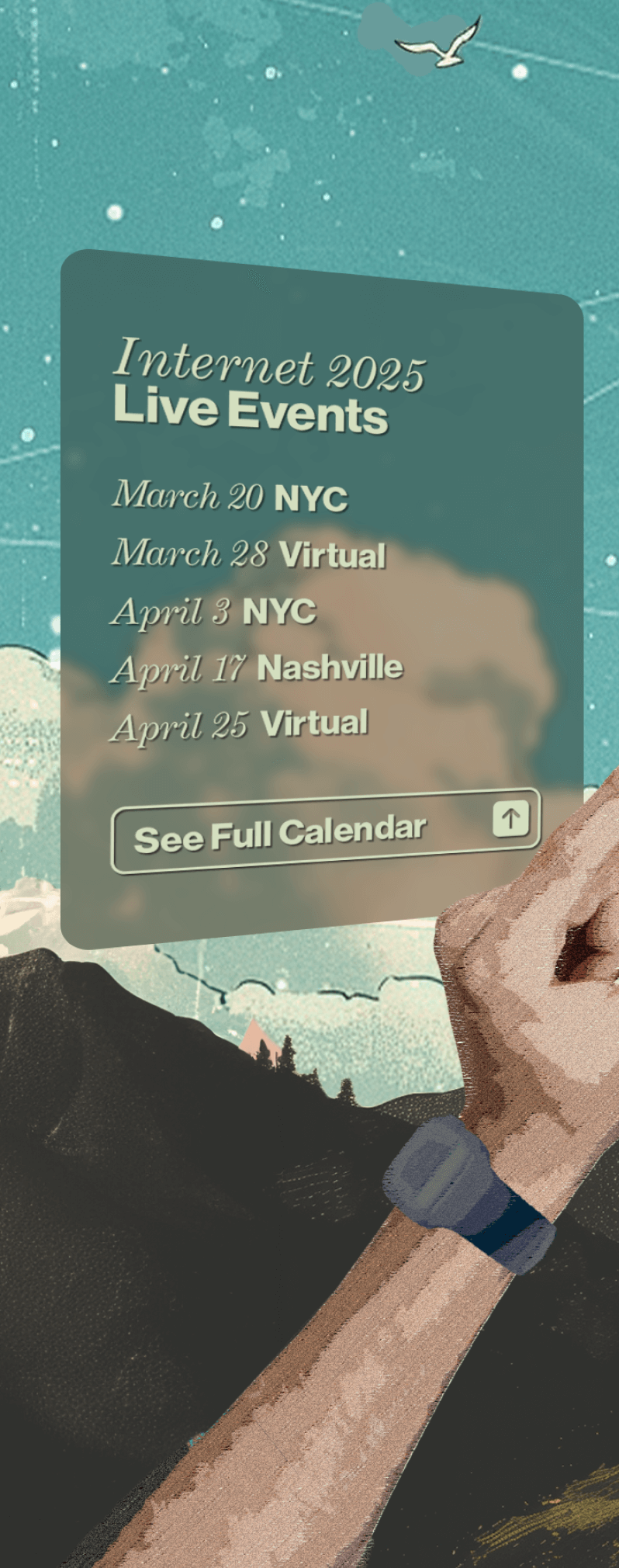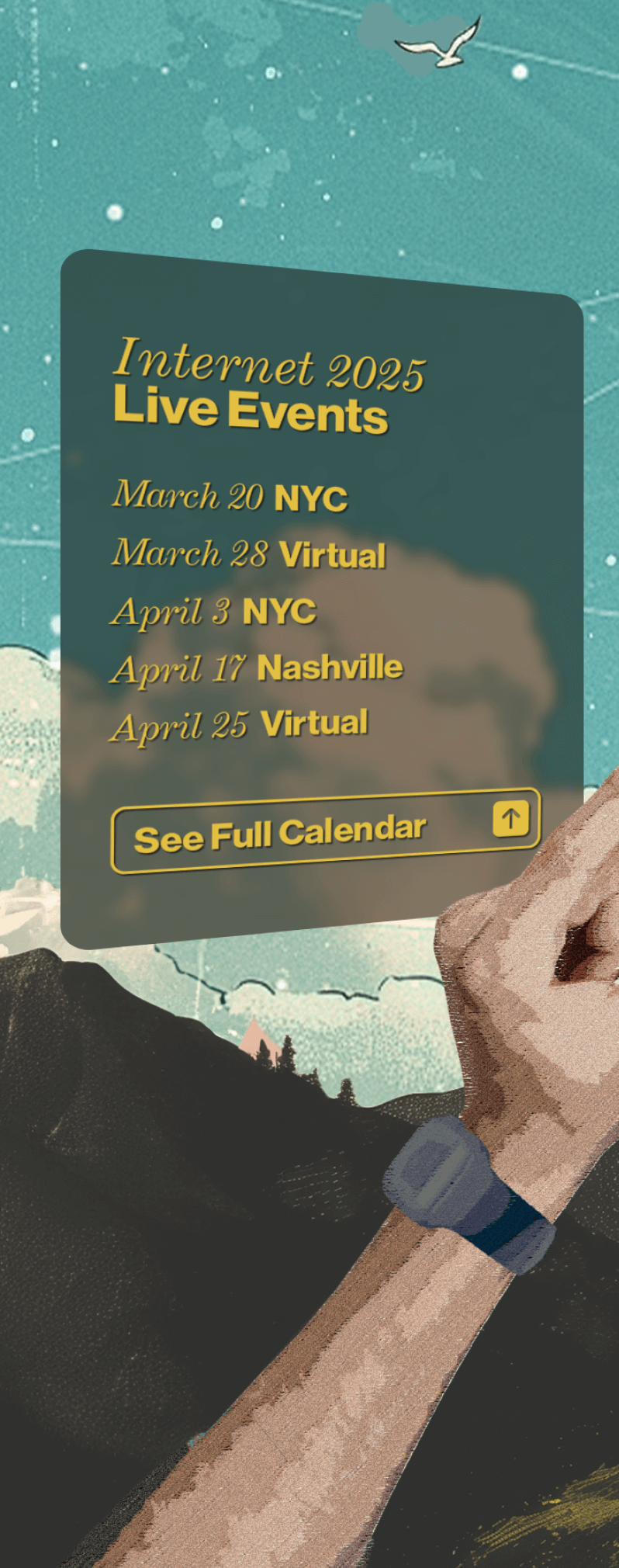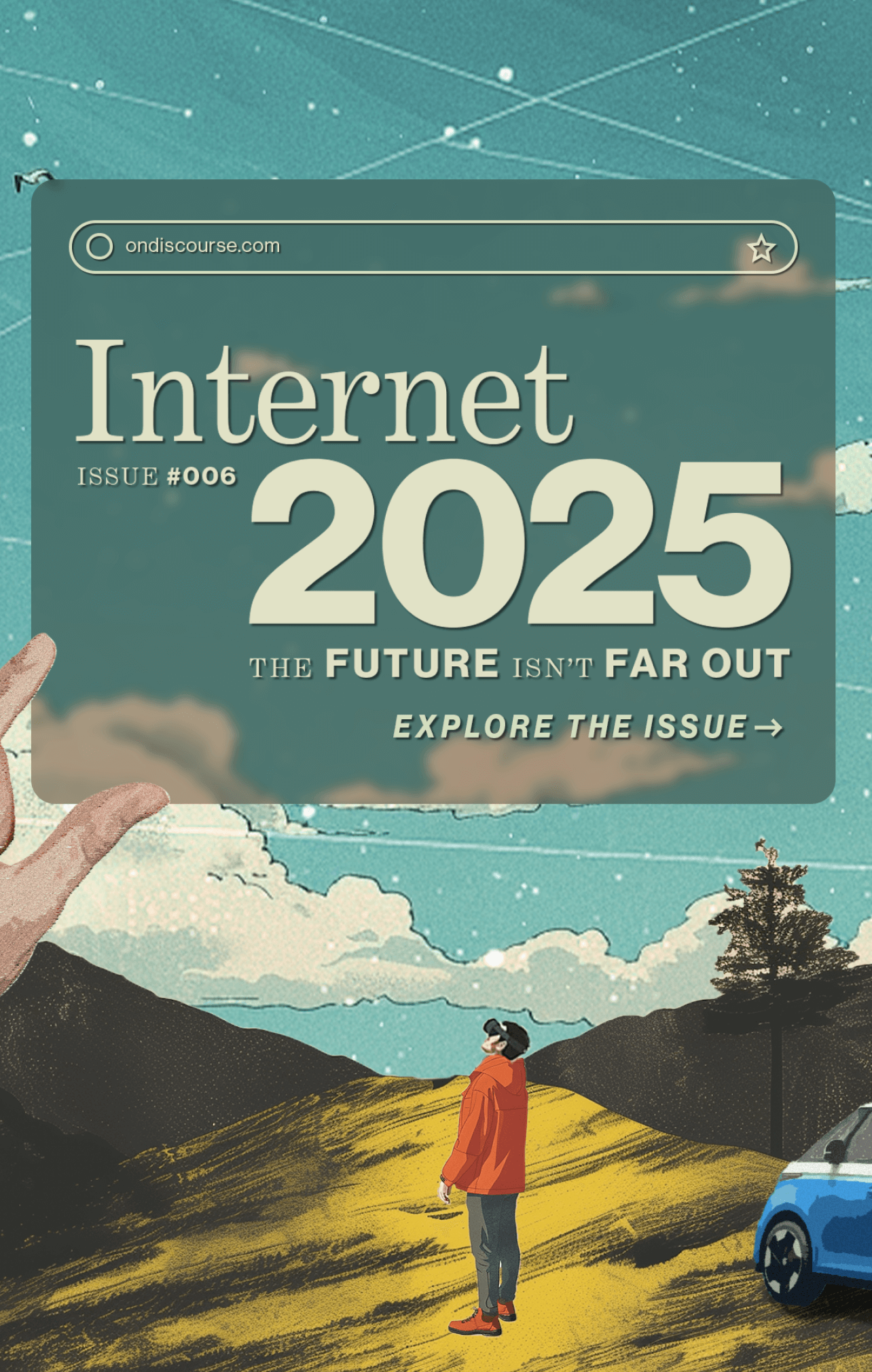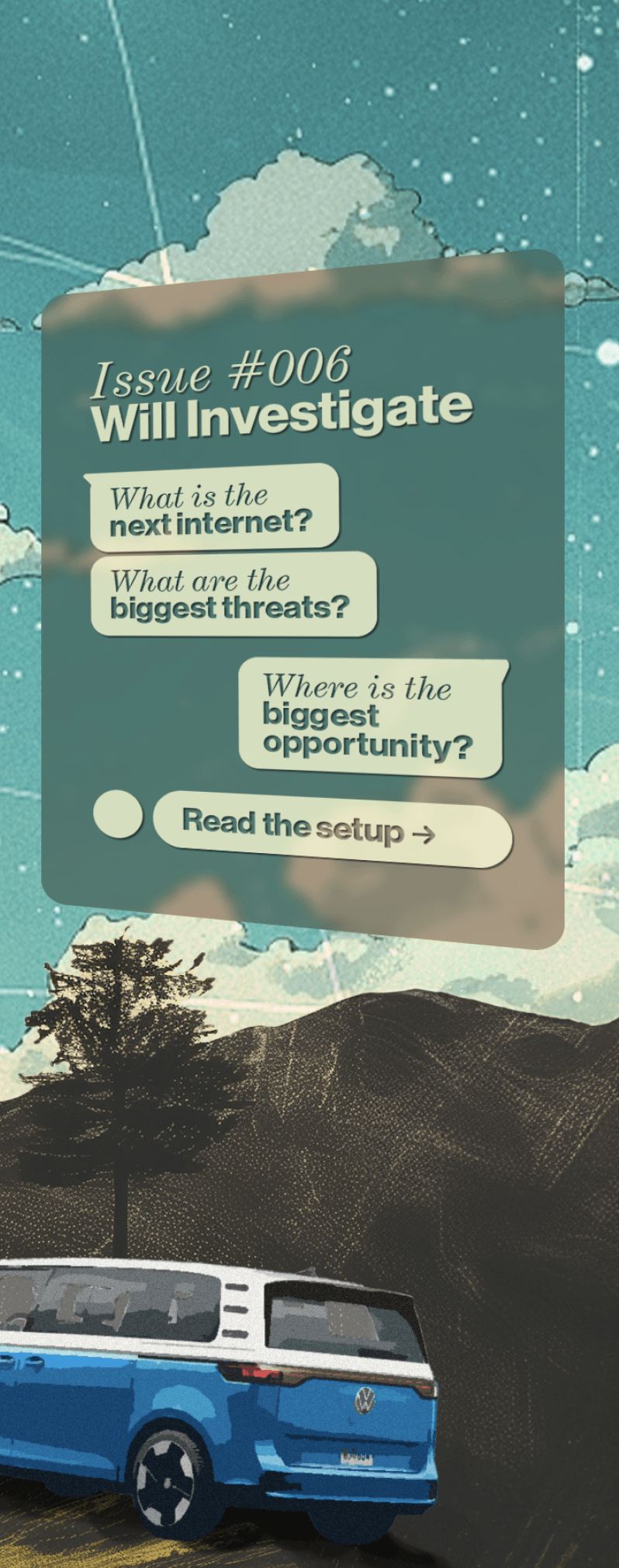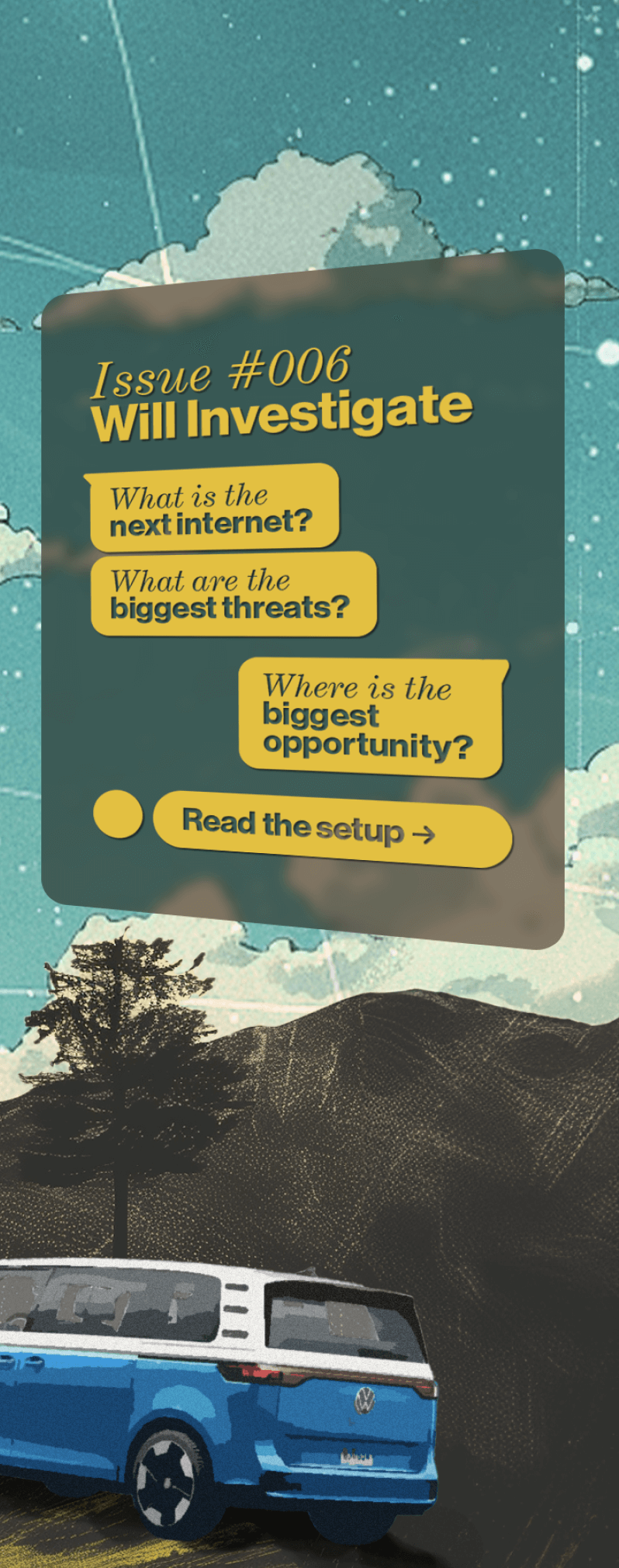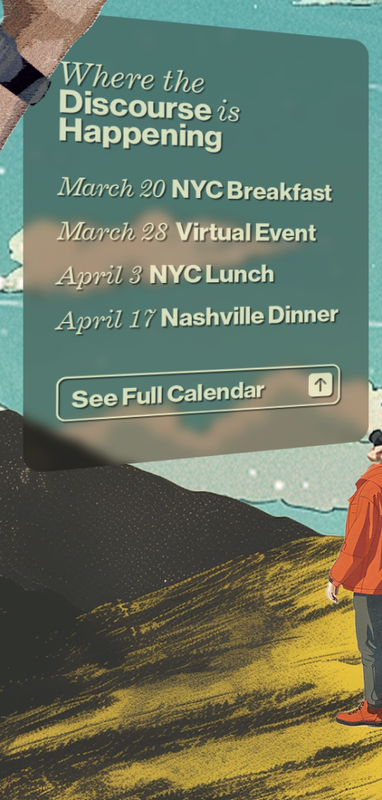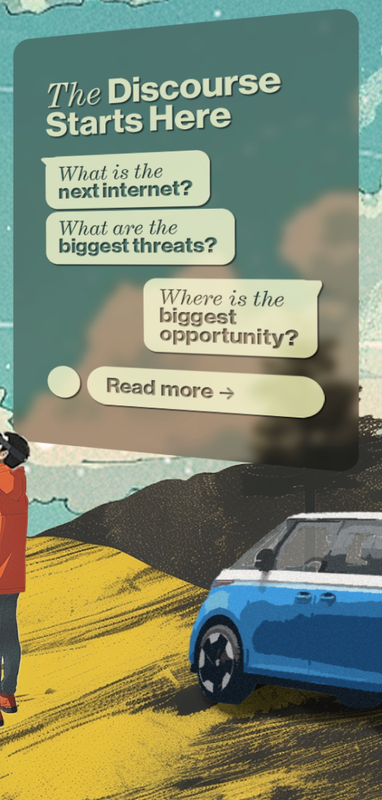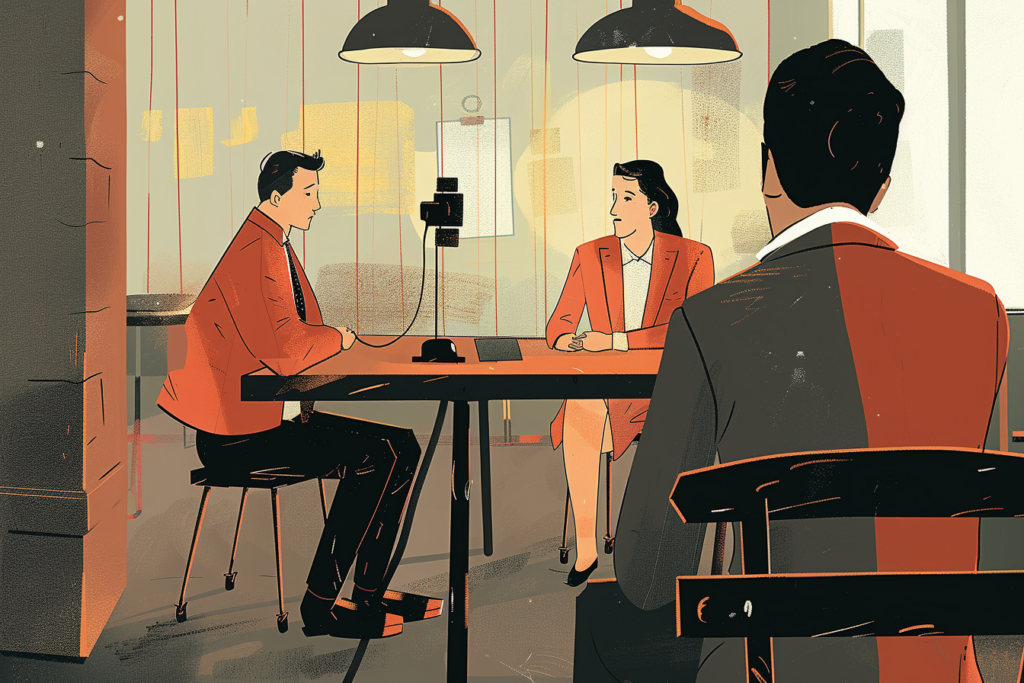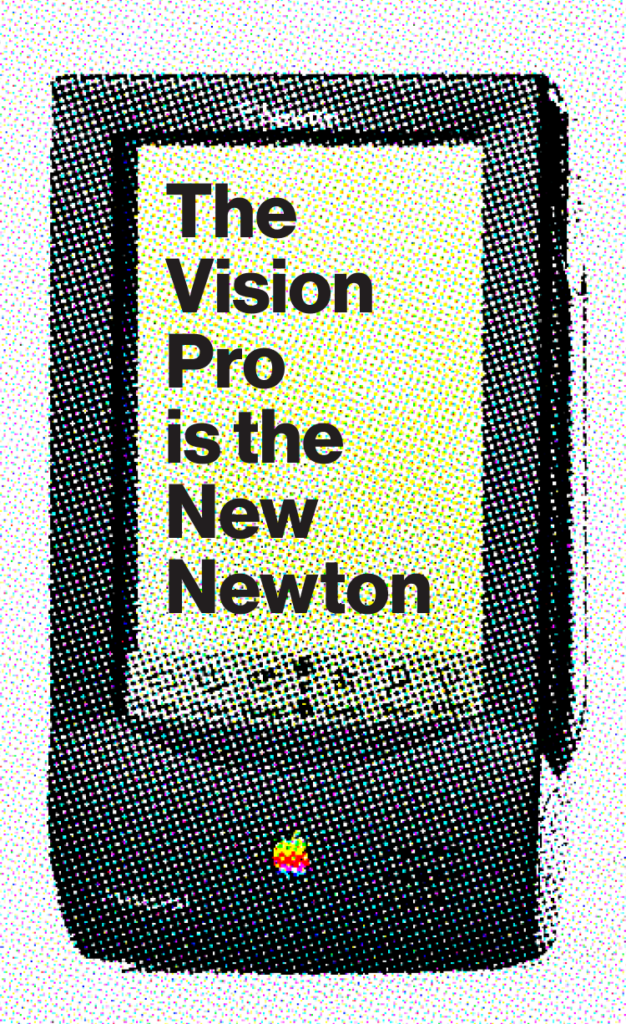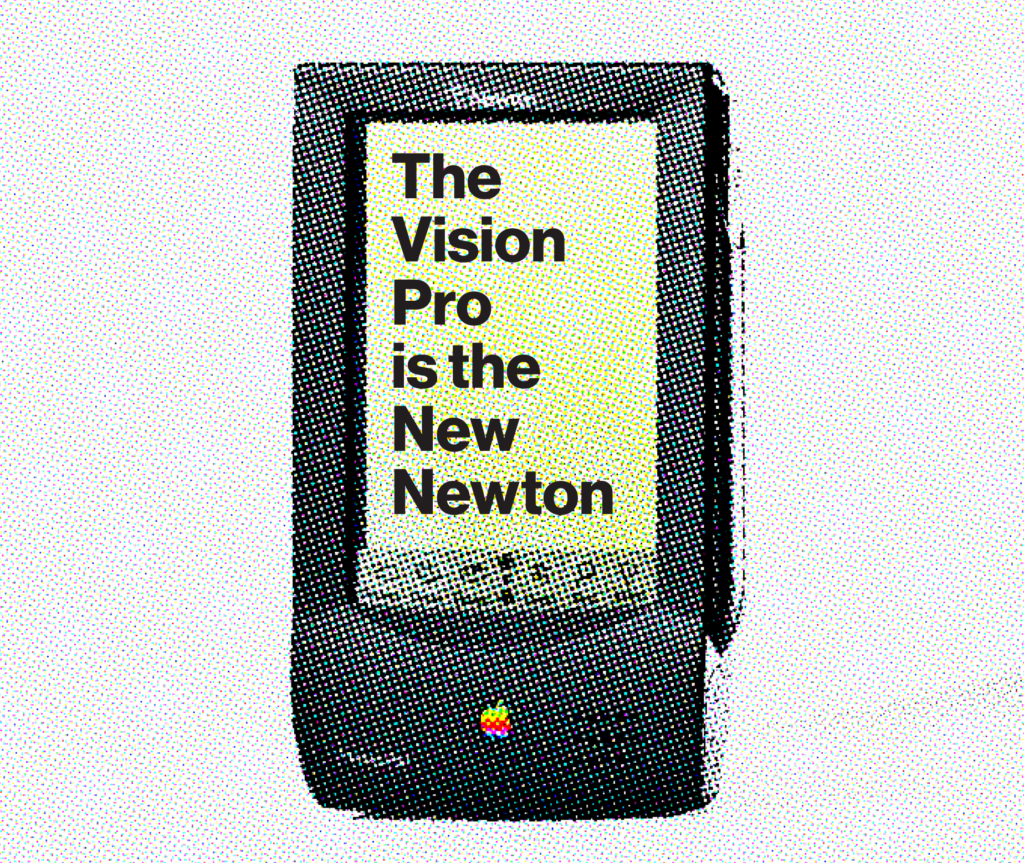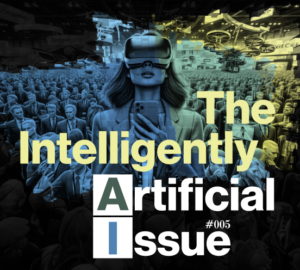From the editor: The initial skepticism of the Vision Pro prompted many of our members to question Apple’s marketing strategy. Here is a collection of takes from a member at a recent virtual event who scrutinized the potential of this contentious product. We follow Chatham House rules, so we do not attribute perspectives without authorization.
Something struck me about the launch of the Apple Vision Pro. The whole process felt flat as if Apple was releasing a minor upgrade to an existing unit and not a revolutionary new piece of hardware. This was released more like the original Apple Watch, as if it were a fashion accessory that augmented the iPhone. It made me realize that this is the first major hardware release in the post-Jobs era. Does this explain the flat release? Is Apple any good at launching revolutionary products anymore? Does it matter?
Steve Jobs always marketed around clear and accessible customer use cases. When I saw “1000 songs in your pocket”, I immediately got the iPod (conceptually and commercially). The same can be said about the iPhone; this single device combined the iPod, phone, and mobile web. Additionally, the deliberately designed white phone contrasted mightily against the all-black devices that dominated the sector. Early adopters signaled their association with the Apple brand just by walking around. The little white brick made them look cool, which made other people want to buy one. The Vision Pro does not offer any of those benefits.
I’ve noticed that Apple has in-housed the marketing for the Vision Pro. This has resulted in unflattering 3D renders of the device with ineffective demonstrations of use cases. As a result, they haven’t made me want to buy one and I spend a lot of money on random shit I don’t need.
The marketing was a flub, but this is still Apple and I fully expect future releases of the Vision Pro to go mainstream. Nevertheless, we are witnessing a fascinating new kind of computing experience get released without any imagination or spark. It’s disappointing and will result in a longer arc on the inevitable adoption curve.
From the editor: We shared the critiques of Apple’s marketing with another member who has spent decades marketing with Apple. It turns out there are alternative ways to interpret Apple’s marketing strategy. We follow Chatham House rules, so we do not attribute perspectives without authorization.
Apple crushed the Vision Pro launch and I can prove it. The fact that we’re all using the word Spatial is the only evidence I need to prove that Apple is, once again, leading the conversation about new technology. No matter how big Apple gets and how premium its prices are, it will always be a challenger brand. In this case, Apple challenged and redefined the very nature of immersive video.
Apple deliberately avoided calling the Vision Pro an XR device, and as expected, the world followed. To call this device XR would follow the conventions set by the Meta Quest. Look at its marketing page: this device is built for video games. It is a toy. Apple had bigger intentions.
Apple positioned the Vision Pro around spatial experiences. This is a new concept that has yet to define a specific use case. Spatial tech can facilitate premium remote work experiences. It can catalyze exclusive new immersive video formats. It can also power a new kind of emotional content format: a sort of living memory. In its product launch, we saw Apple create an opportunity rather than box itself in as a video game player.
The idea that Apple hasn’t specified a use case is not the flaw you think it is; it is more of a flex. Apple has the resources, capital, and capability to launch this product and then figure it out. In your argument, you referred to the Apple Watch and how it was originally marketed as a fashion accessory. That is a fair point, but it is deliberately missing the coda. The initial product launch focused on fashion until health tech took over. Once that use case became clear to Apple, they marketed heavily around that. As a result, this Apple Watch is now the biggest-selling watch on the planet. To put it another way: Apple always figures it out.
In the end, Apple always wins.

